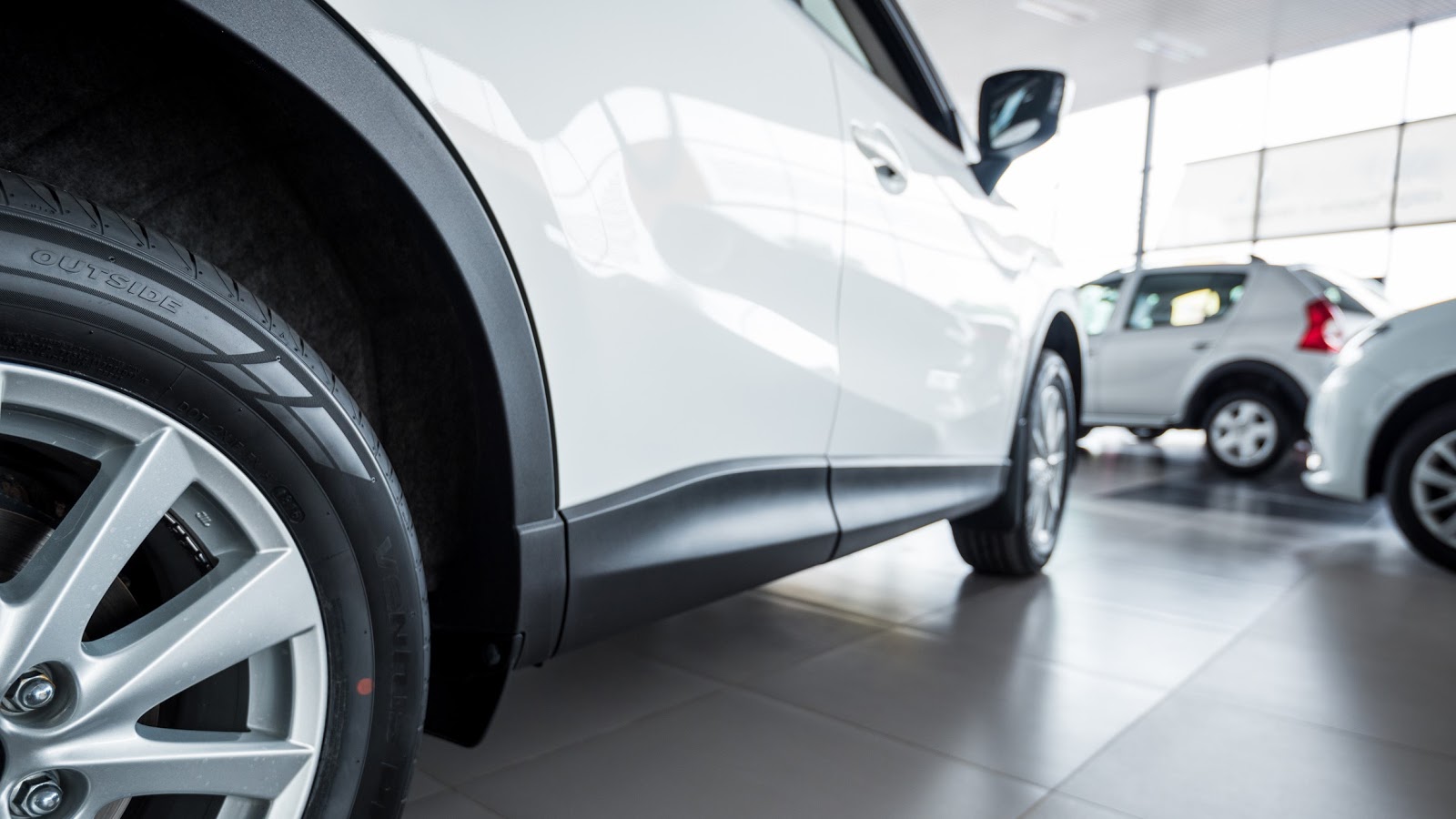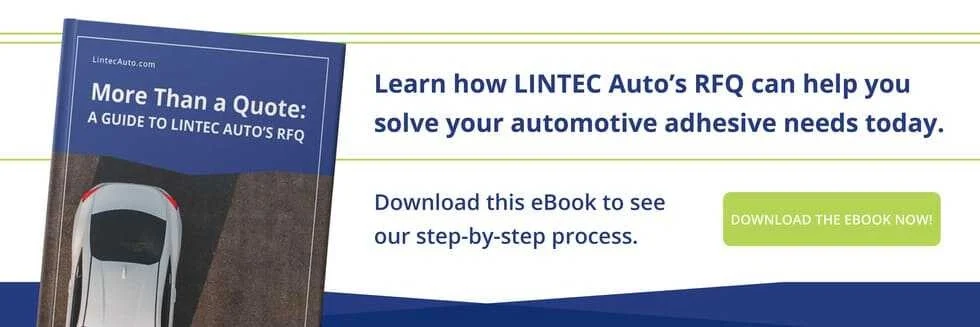The Sales Advantages of Protective Tape on Your Auto Parts

In the fiercely competitive automotive industry, its tough to appeal to large OEMs on price alone. Automotive suppliers need ways to differentiate their parts from the competition to close the sale.
One major area of opportunity is automotive adhesives. Innovations in adhesive technology have led to advances in vehicle lightweighting and durability even while reducing budget strain. Protective tapes, for example, can serve both permanent and temporary applications that boost the saleability of automotive parts. Here are a few of the sales advantages of protective tape:
Quality Assurance
Simple, temporary protective tapes can save a lot on the costs of factory rejects and shipment recalls. Whether theyre used to protect flooring materials or aluminum wheels, these adhesive films safeguard valuable parts from:
- Abrasion due to contact with rough surfaces (such as scuffing of footwear pre-sale)
- Debris and contaminants, such as the dirt, dust, road salt, oils, and fingerprints that parts are exposed to in packaging, shipping, and assembly
- Corrosion due to moisture or precipitation
A track record for high-level quality assurance can go a long way towards encouraging the OEM relationships that auto parts suppliers desire. When a temporary tape has finished its job, it can peel off easily without leaving any sticky residue or sign of its presence on the part.
Invisibility & Durability
More permanent protective tapesuch as anti-chipping tapeswill improve the quality of your auto parts and guarantee long-lasting performance and aesthetic appeal. Use protective tape to:
- Prevent scratches that would appear as swirls, scuffs, or lines in the delicate luster of automotive paint.
- Shield parts from impact damage in high-risk areas of the vehicle, such as rocker panels and front fascia. These locations are exposed to impact from rocks, sand, and other road debris, and paint cant resist chipping as well as a durable synthetic polymer.
- Seal parts away from chemical exposure or rust. Chips in the paint can expose the metal to corrosive materials like gas, oil, road salt, and rainwater. A robust protective tape will prevent these chips, and therefore reduce the risks of rust holes.
- Preserve an attractive finish on the surface beneath the protective tape. Modern protective polymers keep paint in perfect condition with a thin and transparent barrier that wont even be noticed. Virtually invisible protective tapes no longer yellow over time under UV exposure, as they did years ago.
Protective tape for metal parts requires relatively little investment in comparison to the longevity youll gain. Your auto parts have a leg up on the competition if they come pre-treated with protective tapes that are proven to extend their service life.
Total Value of Ownership
Negotiations dont need to stall on up-front costs. Protection tapes provide auto parts with value-added benefits and create cost savings for the OEM in the long run because they:
- Increase the total value assessment of parts, since theyll retain their original quality longer
- Reduce reshipments and reputation damage due to accidents in packaging, shipping, or assembly
- Offer instant upgrades to performance compared to similar parts without protective tapes
All told, protective tapes for auto parts are a cost-effective upgrade with advantages that carry forward all the way to the sale of the vehicle.

